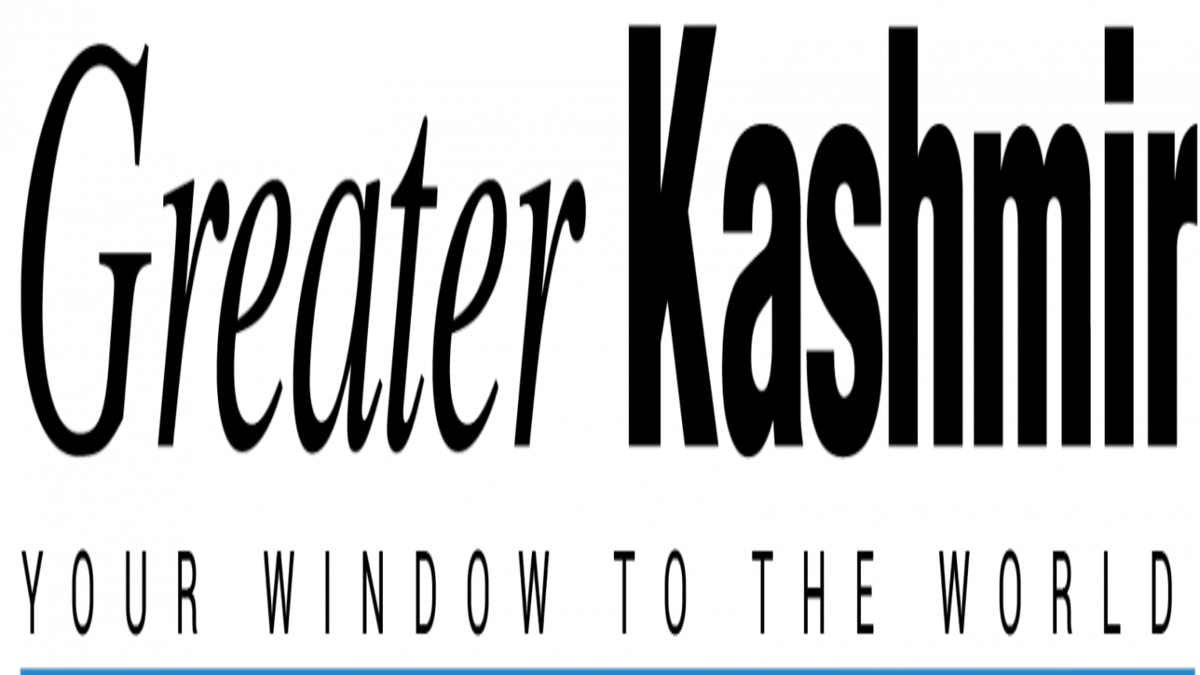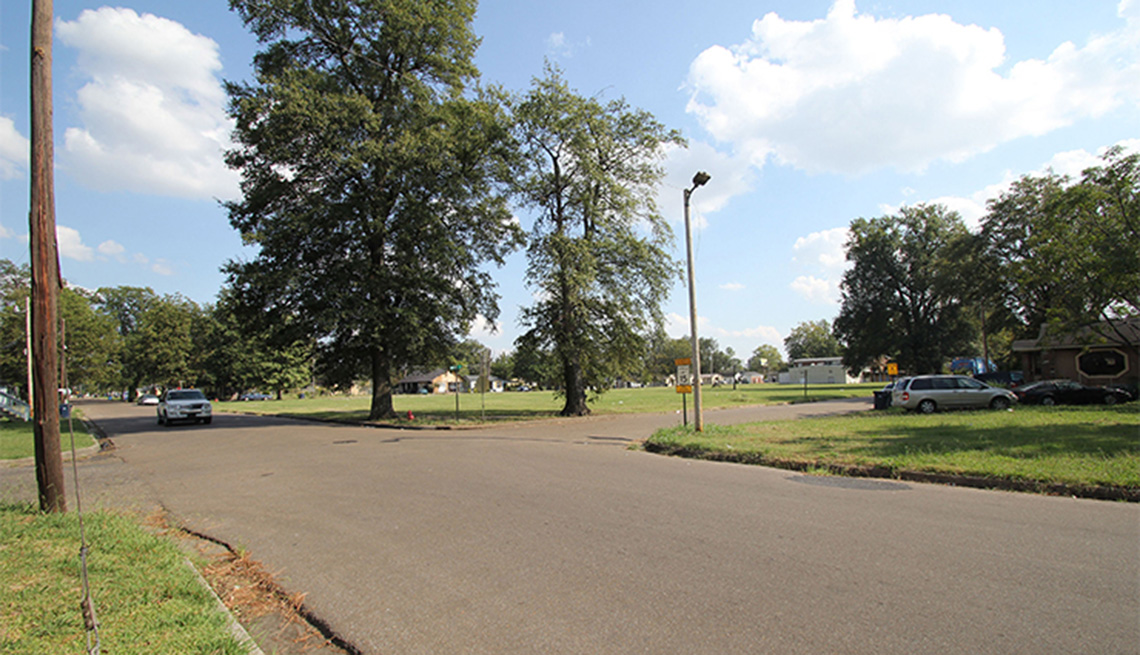
- Select a language for the TTS:
- UK English Female
- UK English Male
- US English Female
- US English Male
- Australian Female
- Australian Male
- Language selected: (auto detect) - EN
Play all audios:
------------------------- * * X.com * Facebook * E-Mail * * * X.com * Facebook * E-Mail * Messenger * WhatsApp * Dieser Beitrag stammt aus dem SPIEGEL-Archiv. Warum ist das wichtig? The
disaster came completely unexpectedly. Early on a Saturday morning just over a year ago, the bank of an artificial lake in Nachterstedt suddenly gave way, tumbling 100 meters into the water
below. A house on the embankment was pulled into the void. Three people lost their lives. Since then, officials from the Lausitz and Central-German Mining Administration Company (LMBV) have
been investigating the disaster, trying to figure out what caused the shores of Lake Concordia -- a former open-cast coal mine -- to collapse. Late last week, they held a press conference to
announce their findings: No explanation so far. Yet the LMBV isn't alone in searching for potential causes of the deadly accident near Magdeburg. An amateur historian named Dirk
Finkemeier has told the news magazine _Stern_ that he possesses documents which may show that the collapsed house was built on top of a secret, underground Nazi military facility. Indeed,
testimony from a former SS soldier given to the British army immediately after the war -- which Finkemeier came across in researching a book about underground Nazi installations -- claims
that the site was the home of a chemical factory belonging to IG Farben, the manufacturer of the deadly Zyklon B gas used in the Nazi gas chambers. "I was shocked when I heard about the
accident in the radio," Finkemeier told _Stern_. "The name Nachterstedt was immediately familiar to me. The site was part of my manuscript." ZYKLON B? The SS soldier,
identified only as "rifleman Plumeyer," told his interrogators that he had been to the site several times and described the gas containers he saw there. His description of the
roads and forest in the area, turned into a map during his interrogation, exactly match the present-day roads at the site of the accident -- the word "entrance" is scrawled
directly over where the now-collapsed house was standing. The British interrogators identified the site as an "IG-Farben gas plant." Other testimony provided by Plumeyer has proven
accurate. Nevertheless, there is still potential for confusion when it comes to the alleged Nachterstedt facility. A resident of Nachterstedt named Hans-Joachim Budewell told the daily
_Frankfurter Rundschau_ that his inquiries confirmed that an IG Farben factory may have produced Zyklon B in the region, but the site was located more than a kilometer away from the site of
the 2009 accident, near a village called Frose. Whether that site is related to the accident site is unclear. The LMBV is taking Finkemeier's claims seriously. "According to
current findings, there is no indication that there was a military facility at the site," a spokesman told _Stern_. Nevertheless, the organization has commissioned a report with the
Freiburg branch of the federal Department of Military Archives in an effort to find out if Finkemeier's explanation may be correct. cgh





:max_bytes(150000):strip_icc():focal(999x0:1001x2)/decline-and-fall-on-acorn-tv_eva-longoria-38-4a019231c5a6416d8074a8ad01638c26.jpg)


